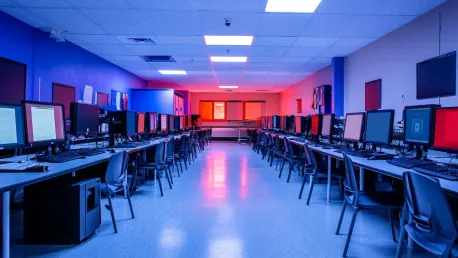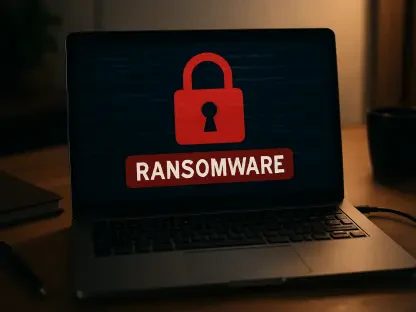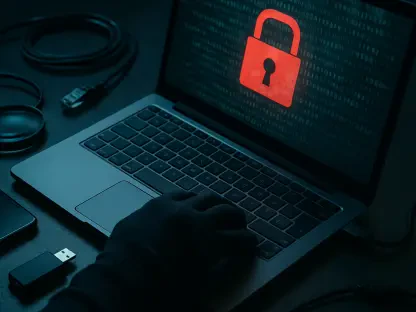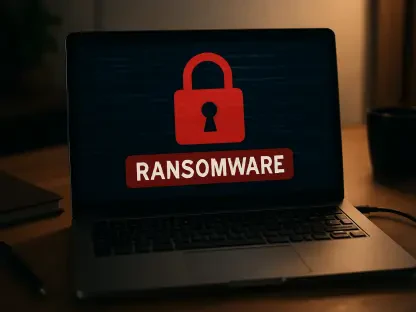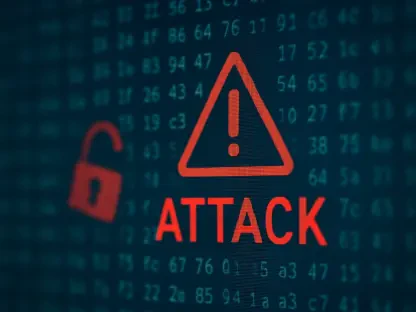Since the pandemic disrupted education five years ago, schools have been facing an increasing number of cyberattacks and have largely failed to be transparent with parents about the breaches. Numerous cyberattacks targeting educational institutions have exposed sensitive information, notably compromising data ranging from special education accommodations to mental health challenges and reports of sexual misconduct. Despite the rising frequency and severity of these attacks, schools often provide misleading reassurances to students, parents, and staff, creating a false sense of security.
Obfuscation by School Leaders
In an alarming trend, schools across the country have been caught offering false reassurances regarding the security of sensitive information after cyber breaches. Information that includes students’ special education needs, mental health records, and even sexual misconduct reports has been exposed, often without the knowledge of those affected. This information sometimes emerges months or even years after the initial breaches, leaving students, parents, and staff in a precarious situation without adequate knowledge or means to protect themselves.
Role of Consultants and Lawyers
When a cyberattack hits, the typical first responders are not public agencies or even law enforcement but rather insurance companies, privacy lawyers, and consultants. These professionals often prioritize limiting the school’s legal exposure over immediate transparency. Using attorney-client privilege, information about the breach can be shielded, thereby complicating disclosure and inhibiting public scrutiny. Lawyers, often from firms specializing in handling large caseloads, lead these responses, focusing on minimizing the school’s liability instead of promptly informing the public about the extent and implications of the breach.
Impact on Victims
Students, families, and employees whose personal data is leaked online are frequently unaware of the exposure, leaving them vulnerable to identity theft, fraud, and exploitation. Prompt notification could mitigate these risks, but many schools opt to delay or avoid completely disclosing breaches to the affected individuals. Such practices erode public trust and prevent potential victims from taking early actions to protect themselves from ensuing fraudulent activities.
Ransom Payments and Negotiations
A less visible but critical aspect of these cyberattacks is the negotiation and payment of ransoms. Schools, driven by their cyber insurance policies, often quietly engage with attackers and pay ransoms to regain access to their files and systems. While this may offer a short-term solution, it inadvertently fuels the increase in cyberattacks by showing attackers that schools can be lucrative targets, especially since these institutions are often under pressure to resume normal operations swiftly.
Increasing Cyberattack Incidents
The frequency and intensity of cyberattacks on educational institutions have escalated significantly. In 2023, there were 121 reported ransomware attacks on U.S. K-12 schools and colleges, a substantial rise from previous years. These attacks not only compromise data but disrupt essential educational processes, forcing schools to revert to outdated, manual methods of teaching and administration, further highlighting the inadequacies in the current protective measures and responses.
Insurance Influence
Insurance companies exert significant influence over how school districts respond to cyberattacks, typically covering costs associated with ransom payments and directing overall recovery efforts. This dynamic often shifts the focus from transparency and victim support to minimizing the district’s legal and financial liabilities. Consequently, the response strategy becomes heavily dictated by insurers, making it harder to prioritize the needs and rights of those affected by the breaches.
Legal Protections and Privilege
While the involvement of breach coaches—specialized lawyers—in cyberattack responses provides certain legal protections, it also hampers transparency and public accountability. Shielding information under attorney-client privilege can protect sensitive details during investigations but also impedes clear communication with the public. This duality presents a significant challenge in balancing the need for legal protection and the imperative for openness and accountability.
Educational Consequences
The consequences of cyberattacks on schools extend beyond data breaches, severely impacting the daily educational processes. These attacks can disrupt teaching methods, force reliance on manual record-keeping, and degrade the overall quality of education. The long-term effects on students’ learning experiences and the operational integrity of educational institutions call for more robust preventive and responsive measures to address such vulnerabilities.
Records and Investigations
Investigations into school cyberattacks reveal that the breaches often involve highly sensitive information, including records of child abuse, sexual misconduct, and mental health issues. The exposure of such information can be particularly damaging, posing serious risks to the affected students and staff. The handling of these records underscores the pressing need for better data protection practices and clearer communication protocols in educational settings.
Regulatory Environment
The effectiveness of data breach notification laws varies widely across states, with a notable lack of robust federal privacy protections compounding the issue. Disparate state laws lead to inconsistent practices and responses, leaving some victims without the necessary support and information. Proposed federal rules and enforcement might bring about stringent requirements for reporting and transparency, striving for a more unified and effective approach to managing cyber threats.
Complications for Victims
In the five years since the pandemic disrupted education, schools have increasingly fallen victim to cyberattacks. These attacks have exposed a disturbing amount of sensitive information, including data on special education accommodations, mental health challenges, and even reports of sexual misconduct. Unfortunately, schools have generally not been transparent with parents about these breaches. Despite the growing frequency and severity of cyberattacks on educational institutions, school officials often resort to providing misleading reassurances to students, parents, and staff. This behavior creates a false sense of security and fails to adequately address the underlying issues. It’s become clear that schools need to enhance their cybersecurity measures and improve communication with parents to protect the sensitive data of students and staff. Tackling cyber threats more proactively and openly discussing the risks and preventive measures are crucial steps in ensuring the safety of our educational systems in this digital age.
